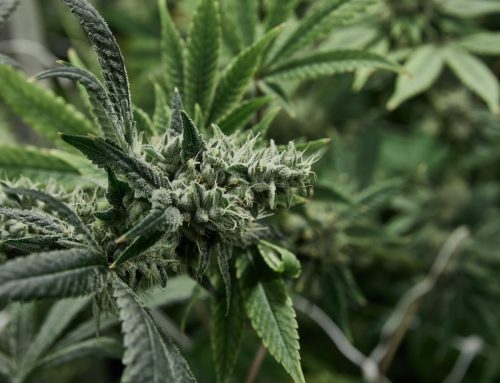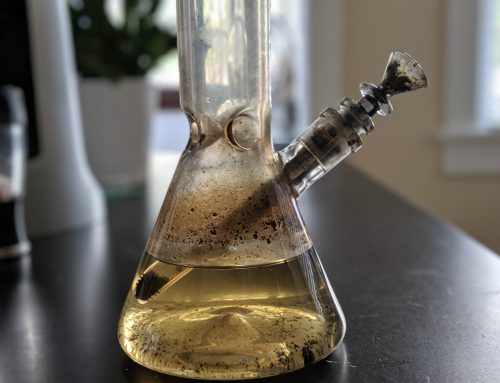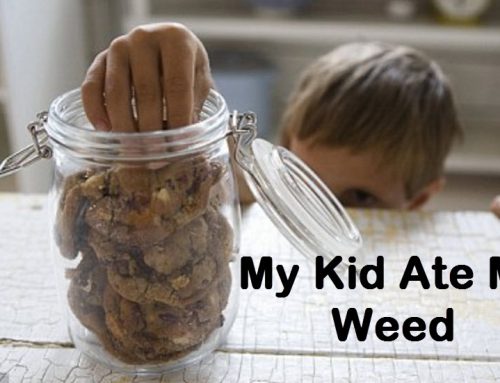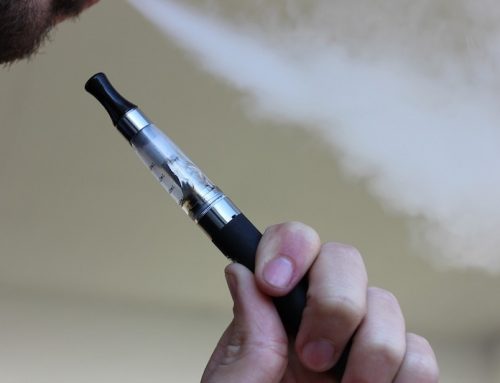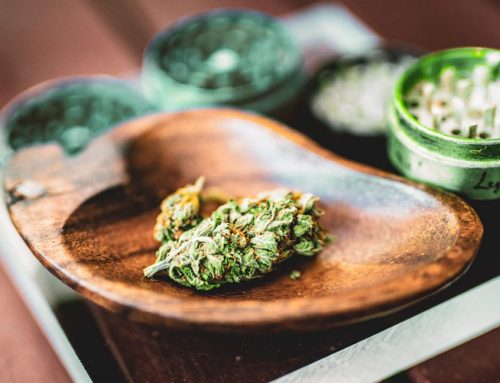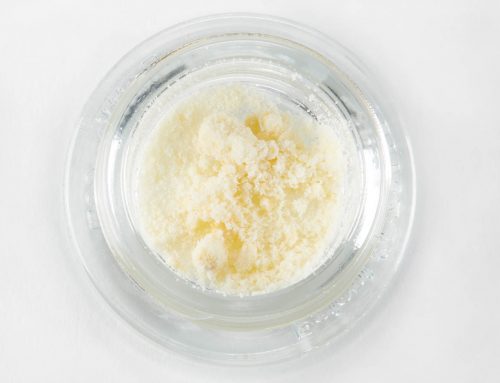
Slowly but surely, medical cannabis in general is becoming a less controversial topic on a global basis. With countless studies having categorically illustrated the potential benefits and applications of medical pot, its place in medicine is no longer a subject of debate. But at the same time, this doesn’t mean that there are not certain medical cannabis applications and connections that remain as controversial as they have ever been.
One example of which being the use of medical marijuana as a treatment for ADHD. Which for the most part comes down to the fact that ADHD (Attention Deficit Hyperactivity Disorder) is a condition that tends to be significantly more prevalent among children and teenagers than adults. The idea of using medical cannabis products for treating younger patients naturally being more difficult to digest for some. Nevertheless, ADHD remains the single most commonly diagnosed childhood mental disorder – studies have shown that an alarming 11% of under-17s are diagnosed with the condition. By contrast, it is identified in approximately 4% of adults.
What Is ADHD and How Can Cannabis Help?
In terms of the actual mechanics of ADHD, it remains a prime example of a widespread condition we still know comparatively little about. ADHD is usually detected during a child’s earliest years at school, when it may become apparent that they find it difficult or impossible to focus on activities, tasks and lessons in general. Though ADHD is almost always overcome during childhood, it nonetheless has the potential to persist into adulthood – thus making it difficult to live a normal life. From everyday organisation to time management to the creation of even the simplest of tasks, ADHD can make it difficult to get anything done without a constant struggle. What’s more, there are strong links between adult ADHD and a wide variety of further mental health issues, including anxiety, depression, mood swings and so on.
Common signs and symptoms of ADHD include impulsive behaviour, fidgeting, problems with sitting still, being easily distracted, difficulties paying attention and nervous energy. Some studies have indicated that those with cases of ADHD may have key areas of the brain that are smaller or less developed than normal, though there is currently no known outright cure or preventative measure to sidestep ADHD entirely.
As such, those affected and their guardians (in the case of children) rely on both treatments and therapy in various forms, to help cope with and ultimately overcome the condition.
What Causes ADHD?
Experts once believed that watching too much television or consuming too much sugar could increase a child’s likelihood of developing ADHD. In reality, this turned out to be 100% inaccurate and dangerously misleading. One of the biggest problems with ADHD is the fact that the scientific community still doesn’t fully understand what causes the condition, or why some children are more likely to develop it than others. That said, more recent studies have indicated three key risk factors, which alone or in combination with one another can increase the risk of ADHD – a history of ADHD in the family, brain injuries and any kind of abuse (smoking, drinking, drug use, poor diet etc.) during pregnancy.
Treatment of ADHD
Alarmingly, some of the most commonly used ADHD medications have been on the market and remained unchanged for more than 60 years. Despite the fact that many have been linked with a wide variety of potentially detrimental side-effects. The list is borderline endless, with some of the more prominent examples including:
- Adderall (amphetamine)
- Concerta (methylphenidate)
- Dexedrine (dextroamphetamine)
- Focalin (dexmethylphenidate)
- Metadate (methylphenidate)
- Ritalin (methylphenidate)
Alongside prescription drugs – most of which have a temporary calming effect on ADHD patients – it is normal for courses of therapy to be recommended. Again, therapy can be offered in dozens of different forms, which are tailored in accordance with the specifics of the case of the patient in question.
Nevertheless, conventional approaches to treating ADHD are not always effective and the fact that the approach hasn’t changed for decades doesn’t sit well with some. Efforts are being made to improve things for ADHD patients all the time, leading to certain discoveries and potential breakthroughs which could – one day at least – make a real difference in the lives of millions.
Marijuana and ADHD
The use of cannabis as a treatment for ADHD is a controversial subject for two important reasons. The first being the fact that ADHD primarily affects kids, the second being the research into the connection between cannabis and ADHD remains comparatively premature. What’s more, most of the evidence supporting cannabis as an effective ADHD treatment is anecdotal – originating from parents, rather than scientists.
On the supportive side of the fences, millions of advocates worldwide are adamant that medical cannabis can reduce the symptoms of ADHD more effectively than traditional drugs – all without any of the side-effects common with ADHD meds. On the flipside of the coin, not a great deal is known about the potential effects of long-term cannabis use on the youngest brains and bodies of all. As younger kids don’t tend to be cannabis users, it’s hard to say exactly how it may affect them.
That said, various medical cannabis by-products are slowly but surely earning the approval and recommendation of doctors and ADHD experts. The reason being that ADHD patients typically have problems with dopamine-processing – something that can be corrected with the strategic and measured use of very specific cannabis products. When cannabis is able to restore the brain’s dopamine balance, many of the symptoms associated with ADHD can be avoided altogether.
And of course, it isn’t a case of giving the green light to families to begin giving their kids blunts and bongs to toke to their heart’s content. Instead, it’s about the provision of approved, controlled and carefully dosed medical cannabis products. Which in all instances aren’t nearly as harmful or habit-forming as their conventional pharmaceutical counterparts. Where cannabis proves effective, it can improve upon the beneficial effects of traditional treatments, with absolutely none of the associated side-effects.
Effective Strains for ADHD
As for which strains have so far proved most effective in the treatment of ADHD, it’s again a case of anecdotal evidence and user-recommendations pinpointing products of choice. That said, there are certain strains that seem to have topped the table in the eyes of adult ADHD patients who’ve decided to take the self-administered approach to their treatment.
Examples of which include:
- Sour Diesel. An immensely popular strain on a global basis with a seriously high THC content of about 26%, with CBD coming in at a much lower 2%. The uplifting high that comes with every hit is as powerful as it is energizing, making it a great medical strain for the treatment of fatigue, depression, anxiety and ADHD.
- Green Crack. While the name might not sound particularly appealing or even safe, Green Crack has a renowned reputation in medical circles. Boasting a THC concentration as high as 24%, it’s a strain to approach with extreme caution though can pack a serious punch when used for medicinal purposes.
- Blue Dream. Providing a solid hit of alertness, focus and energy that lasts far longer than you might expect, Blue Dream became one of the most popular strains of all time for a very good reason.
- Gorilla Glue #4. And of course, this relative newcomer to the scene is also something of a staple among those who recommend medical cannabis for the treatment of a variety of disorders, including everything from arthritis to OCD.

